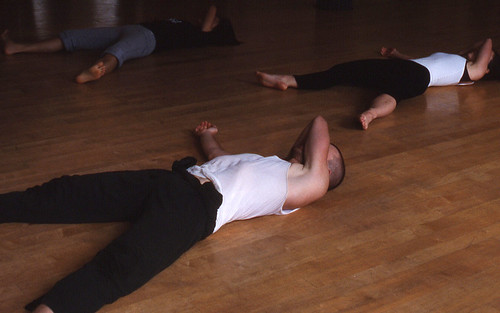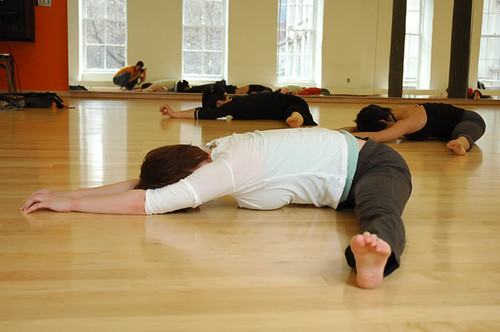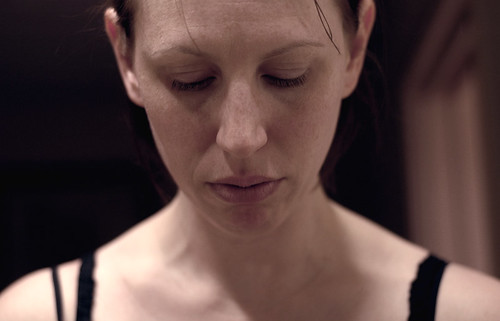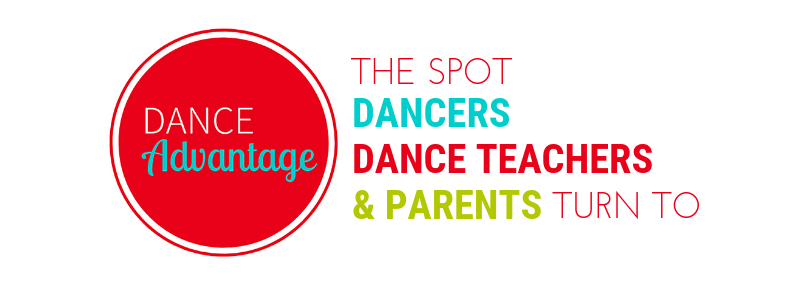
What do you do with an unmotivated student?
Ignore them and hope they’ll go away?
Scream or threaten until you’re blue in the face?
Let’s face it. These students have a way of either zapping or absorbing much of your time and spirit. It can be hard to want to pour more of yourself into inspiring these lackluster learners. But, as a teacher, you feel compelled to instill a passion for dance. So, how can you motivate students in a way that won’t deplete your energy reserves?
1. Build Confidence
Frequently, when kids start refusing or resisting something it is because they believe or are afraid they can’t do it (no matter what kind of attitude or brave face they put on). Do your best not to skip over essential building blocks in technique, performance, and artistry and don’t hesitate to take a step or two backward if necessary. Taking things apart or breaking them down into parts allows students to put the puzzle together one piece at a time, slowly building their confidence through things they can do.
2. Just Ask
Sometimes just changing your approach to students can make a difference. Try asking, in a genuine manner, what you can do to make class better for them – “I’ve noticed you don’t seem to like barre very much. Is there something I can do that will make it more fun?” Their ideas may surprise you! Maybe they’d like more upbeat music, maybe they get tired of doing the same exercises all the time, maybe they get frustrated with too many corrections. Consider also offering choices: “Would you like to do pirouettes or jumps today?” Be willing to compromise and open the lines of communication in a non-threatening and inclusive way.
3. Go Figure

Generally if a student is in your class they like something about dance! Make an attempt to discover what that one thing is. This may or may not be directly dance-related. Perhaps it is a portion of class, maybe it is the thrill of performing, it might even be socializing with friends.
- If there is a portion of class the student enjoys, give him/her positive attention and feedback, especially during this part of class.
- If the enjoyment does not come directly from movement, try to remind yourself that not everyone will feel as youdo about dance, and then find ways to allow your student(s) to enjoy the aspects of dance they are most fond of.
- For instance, if it is socializing they want, make it a point to encourage socializing outside of class if possible (dance studio slumber parties, pizza parties when students earn enough points for behavior in class, etc.)
- Or, occasionally in class (quiz days where the students can work together on a vocabulary game, 5 minutes to socialize at the end of a productive class, etc.).
Be Crystal Clear
Be clear when giving instructions and be explicit and firm about what you expect from students. Let students know exactly what you are looking for and/or why you are doing certain exercises. If you expect them to get through a class without leaning lazily on the barre then say so when you set your ground rules. If you expect them to work hard for the 60 – 90 minutes they are in class, discuss the rewards for doing so.
Be dependable so that students know what to expect from you. If they are not meeting your expectations, be consistent about not letting them compete, or perform, or remain in class for the day. If you are not sure you have the power as a teacher to enforce these things, talk it over with the studio owner.
Encourage Critical Thinking
Instead of presenting students with conclusions and then offering examples to back it up, try presenting the examples first and let your students draw their own conclusions. “We have a dress code which requires you to wear a leotard, tights, and proper shoes. Why do you think we ask you to adhere to this code?” Or, “I know practicing the same exercises each week can seem boring. Why do you think we do it?” This engages students and allows them to feel like a participant rather than one who is being lectured. As a bonus, this encourages analysis and synthesis skills.
Make Class Sensational
Dance may seem like it is already a very sensory activity, however, watching videos, looking at diagrams of important bone and muscles, manipulating objects that increase students’ understanding of certain concepts or images, using touch or auditory cues — these things make the class interesting and can ignite curiosity and a desire to learn.
Emphasize Mastery of Skills
Designing a method or methods of assessing skills helps students to set goals for improvement. When these goals are focused on clear levels of mastery, students feel less personal risk throughout the learning process. Their self-worth is at stake when their sole measurement is based upon placement in the front row of a dance, medals at a competition, or comparison to others. Many students will give up before risking making a mistake if they feel their value is dependent on these external evaluations of their abilities. Skill-based assessment encourages self-evaluation and motivates from within. (Click here for more on encouraging self-evaluation)
Perhaps you are thinking. Wait a minute, this sounds like an awful lot of work!
Yes, I suppose if you suddenly tried to do all of these things at once it would be. What’s great about all of these approaches to learning and encouragement is that there is no right or wrong way to get started. Change occurs with gradual steps in the right direction. I often have to remind myself of these core philosophies when dealing with uninspired students. Have patience with yourself. Pick one to try with your classes and take note of how students respond.
Shouldn’t students just do things the way I want them to?
Sometimes I think teachers are inclined to believe that changing tactics for certain students or classes is akin to “caving” or “letting them win.” However, these strategies do not require that you relinquish your principles. In fact, they often allow students to see more clearly the reasons certain standards and ethics are important.
Meeting students where they are is much more efficient than wasting your energy trying to drag them along with you. Though these strategies do take effort, they won’t drain your energy, they may even invigorate you! And in the long run, you may find you no longer need to beat your head against a wall, go hoarse from yelling, or waste time threatening or bribing unmotivated students. Class will be easier for you and your students – you’ll all enjoy the process a lot more!
A Note on Playing Detective in Severe Cases

Sometimes lack of motivation can be a product of even deeper issues than lack of confidence. In severe cases, I try to play detective and get a sense for what is going on. Different tactics work for different kids. Sometimes a talk with the parents is needed. Maybe a one-on-one chat with the student. Perhaps it requires comparing notes with other teachers. Occasionally it’s all of the above.
Find out what they’re afraid of or insecure about and try to remove or alleviate the fear factor. Are they feeling bullied by other students? (yes, girls bully too) Are parents putting pressure on them “from the sidelines?” (also see our life as a dance mom guest post – friend or fanatic?) Are they comparing themselves to other students?
Obviously, as a teacher, you may be limited in your ability to help. Sometimes, accepting that there is nothing you can do and suggesting that a negative or severely unmotivated student move on or try another activity is the best thing you can do for yourself, and for others around them.
Nichelle Suzanne is a writer specializing in dance and online content. She is also a dance instructor with over 20 years experience teaching in dance studios, community programs, and colleges. She began Dance Advantage in 2008, equipped with a passion for movement education and an intuitive sense that a blog could bring dancers together. As a Houston-based dance writer, Nichelle covers dance performance for Dance Source Houston, Arts+Culture Texas, and other publications. She is a leader in social media within the dance community and has presented on blogging for dance organizations, including Dance/USA. Nichelle provides web consulting and writing services for dancers, dance schools and studios, and those beyond the dance world. Read Nichelle’s posts.

